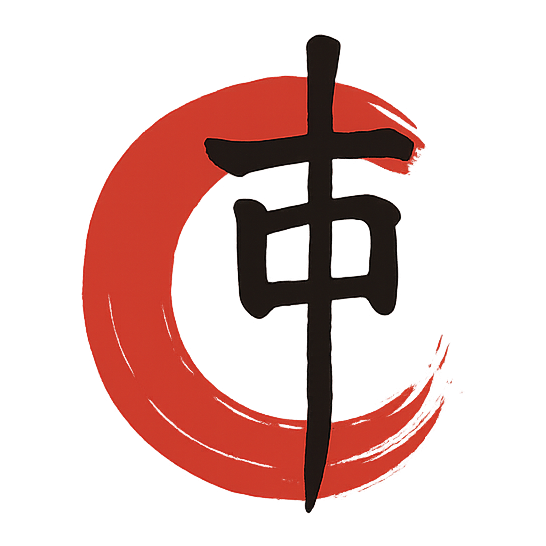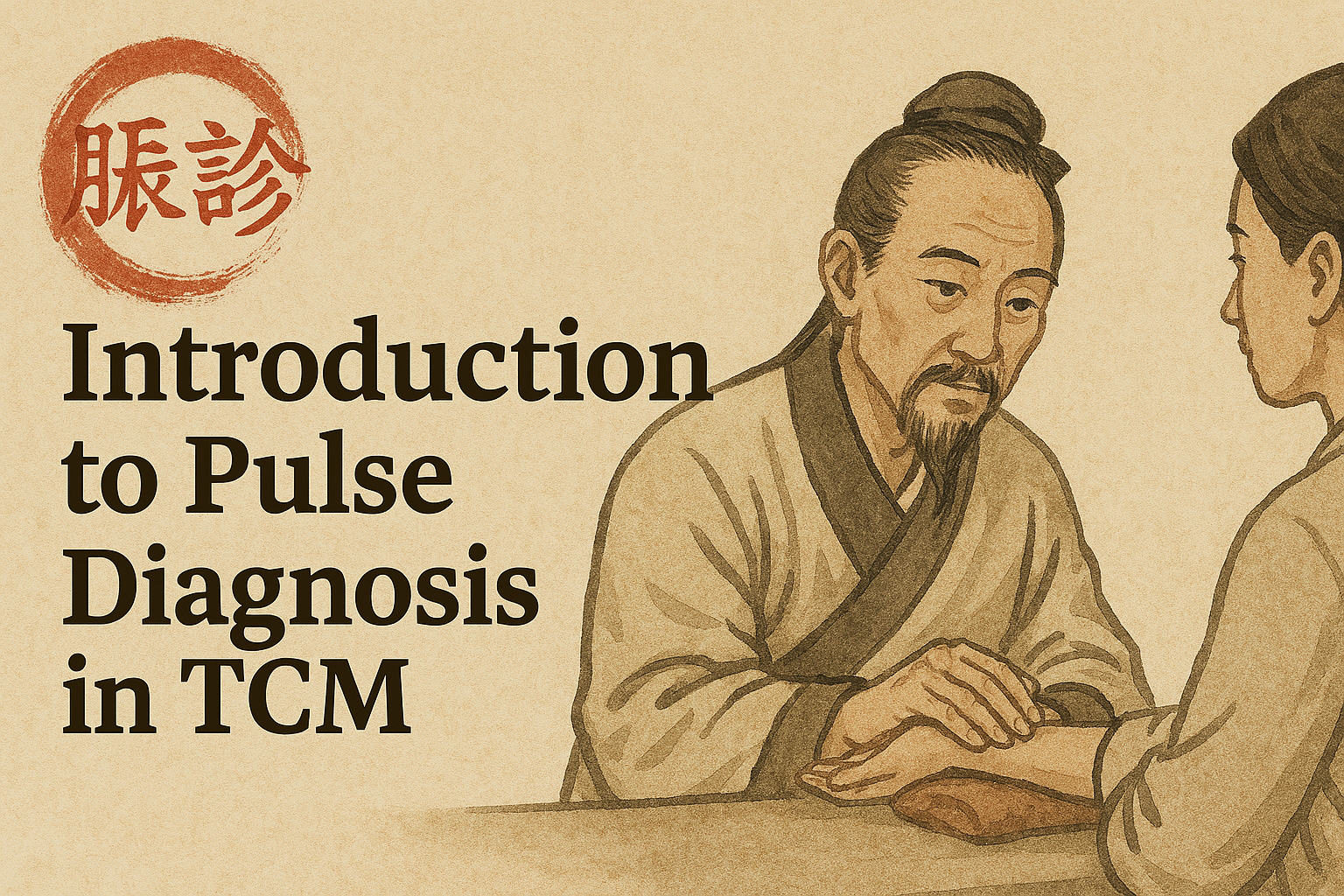Pulse diagnosis (切脉, Qiè Mài) is one of the most iconic and intricate diagnostic methods in Traditional Chinese Medicine (TCM). Alongside tongue inspection, pulse reading forms part of the “Four Diagnostic Methods” (Si Zhen, 四诊) — observation, listening/smelling, inquiry, and palpation.
Far beyond simply counting heartbeats, TCM pulse diagnosis is a complex assessment of the body’s internal state, offering insight into organ function, Qi and blood status, and overall balance.
🔶 The Role of Pulse Diagnosis in TCM
Pulse diagnosis allows practitioners to:
- Determine the condition of internal organs (Zang-Fu).
- Assess the strength, depth, and quality of Qi and Blood.
- Identify patterns of disharmony, such as excess, deficiency, or stagnation.
- Track the progress of treatment over time.
Unlike Western medicine, which may use machines for pulse rate and rhythm, TCM pulse reading is a deeply hands-on, interpretive art.
🔶 Where and How Is the Pulse Felt?
The pulse is usually felt on the radial artery at the wrist, on both hands. Each wrist corresponds to three positions and three depths, allowing the practitioner to assess up to 12 organ systems.
| Wrist | Position | Organ Represented |
|---|---|---|
| Left | Cun (inch) | Heart / Small Intestine |
| Guan (bar) | Liver / Gallbladder | |
| Chi (cubit) | Kidney (Yin) / Bladder | |
| Right | Cun (inch) | Lung / Large Intestine |
| Guan (bar) | Spleen / Stomach | |
| Chi (cubit) | Kidney (Yang) / Triple Burner |
Each of these is further assessed at superficial, middle, and deep levels to understand surface or internal conditions.
🔶 The Pulse Qualities: A Language of the Body
In classical TCM, there are over 28 distinct pulse qualities (脉象, Mài Xiàng). Some common examples include:
| Pulse Type | Description | Clinical Meaning |
|---|---|---|
| Floating (Fu) | Felt strongest at superficial level | External condition, e.g., wind-cold |
| Deep (Chen) | Felt only with heavy pressure | Internal disorders |
| Rapid (Shuo) | Faster than normal | Heat or Yang excess |
| Slow (Chi) | Slower than normal | Cold or Yang deficiency |
| Slippery (Hua) | Smooth, flowing | Dampness, phlegm, pregnancy |
| Choppy (Se) | Rough, uneven | Blood stasis or deficiency |
| Weak (Ruo) | Soft, thin, forceless | Qi and blood deficiency |
These qualities are often combined — for instance, a “deep, wiry” pulse may suggest liver Qi stagnation with internal cold.
🔶 Factors Influencing the Pulse
A skilled practitioner considers the context when interpreting the pulse:
- Age and constitution of the patient
- Time of day
- Season (pulse tends to float more in spring)
- Mental and emotional state
- Recent activity or food intake
This ensures pulse diagnosis is not isolated, but part of a holistic picture.
🔶 Pulse Diagnosis in Modern Practice
Today, pulse diagnosis remains widely practiced in China and globally among TCM clinicians. While some modern devices aim to replicate pulse-reading techniques, they lack the nuanced touch and experiential interpretation that TCM emphasizes.
Practitioners develop pulse-reading skills over years of training, building the sensitivity to feel subtle shifts that reflect deeper internal conditions.
🔶 Conclusion
Pulse diagnosis is more than a technique — it is a dialogue between practitioner and patient, a tactile language that reveals the body’s internal story. Though subtle and subjective, it remains a cornerstone of Traditional Chinese Medicine, offering insights that complement both ancient and modern approaches to health.


发表回复